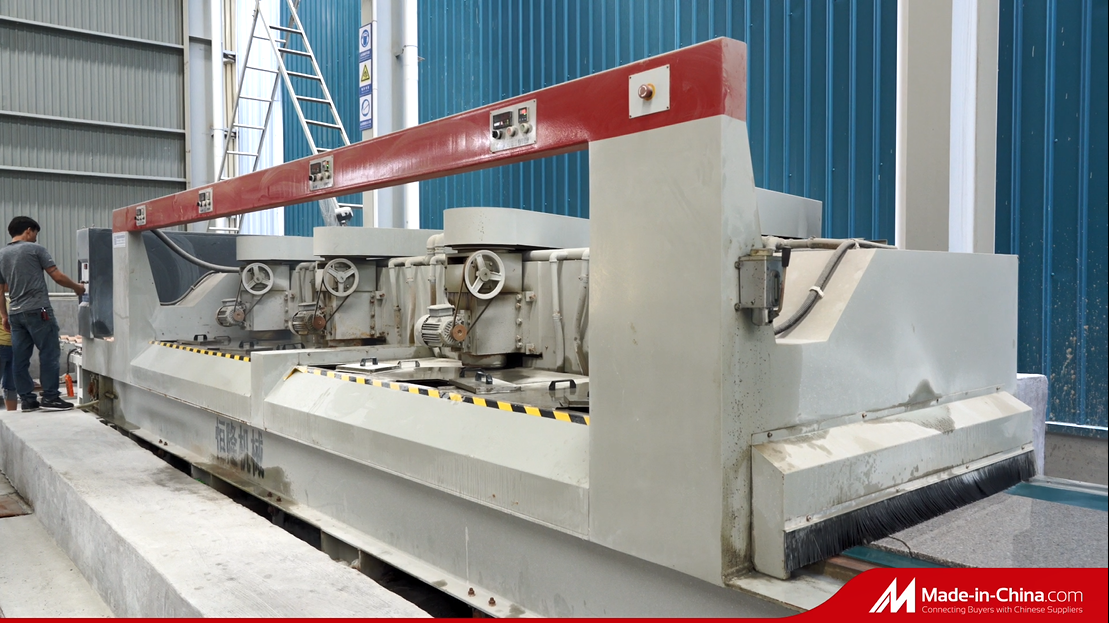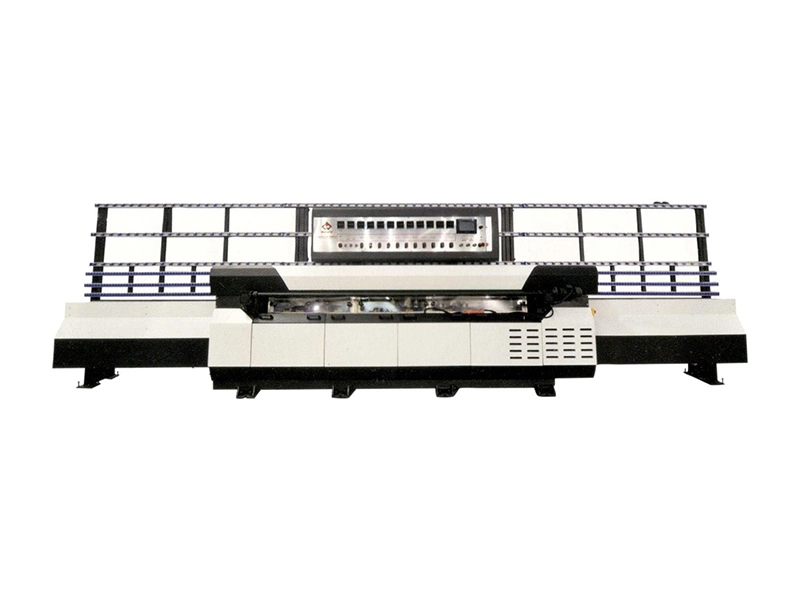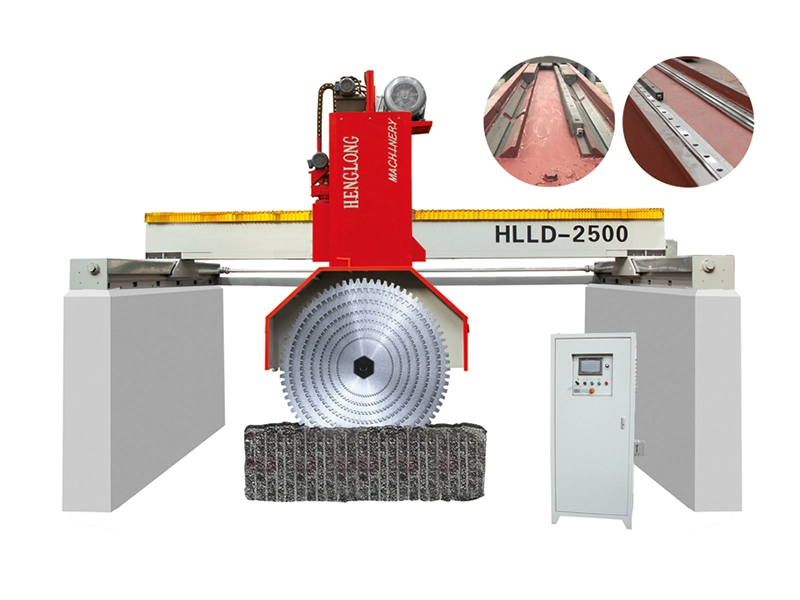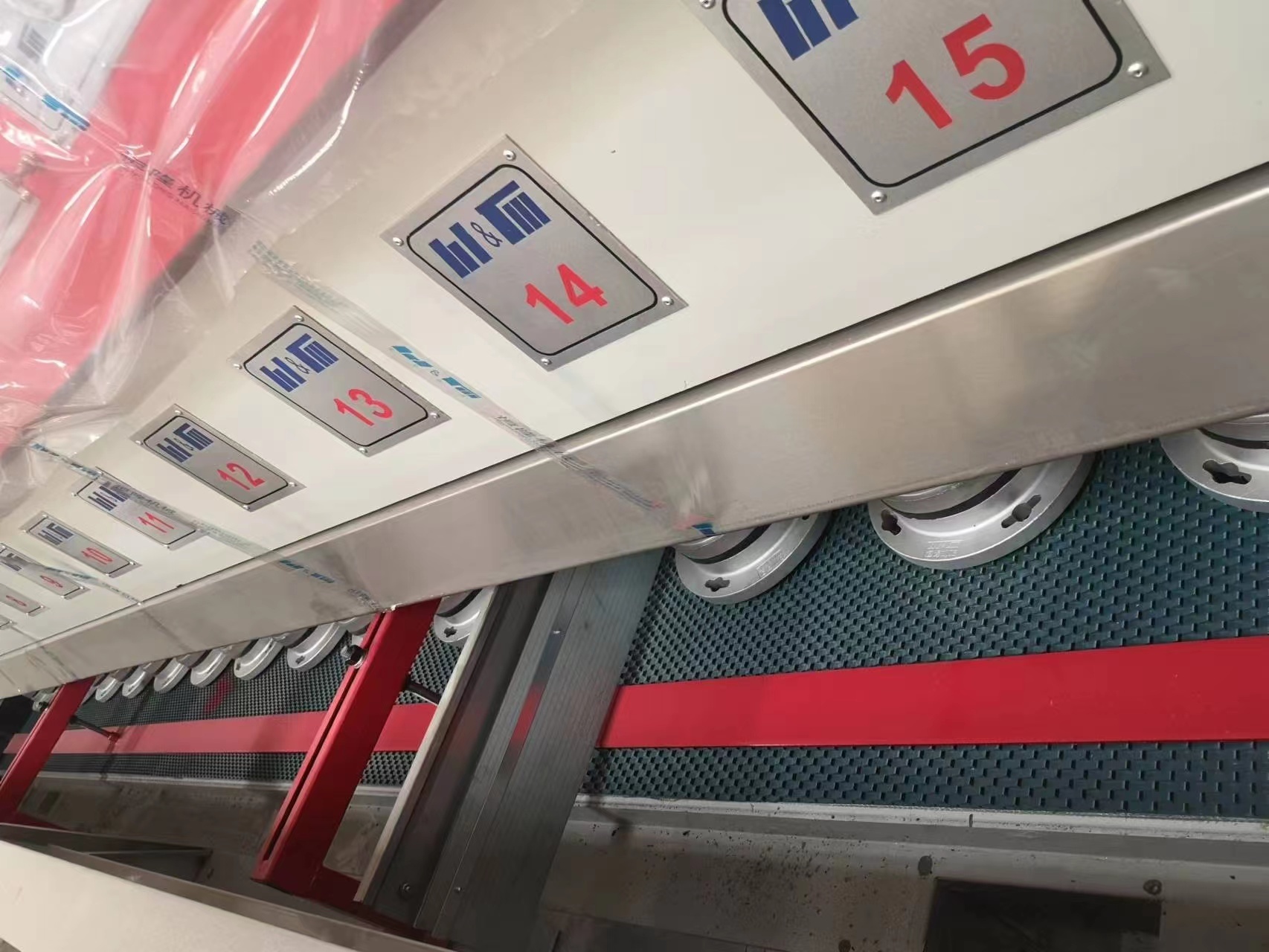Unlocking the Potential of Marble Granite Line Polishers: A Comprehensive Guide
Time:
Mar 11,2025
Marble granite line polishers are vital tools in the stone processing industry, especially in the manufacturing and finishing of marble and granite surfaces. These machines are engineered to enhance the aesthetic appeal and durability of stone products, making them indispensable for any workshop or project that involves stone treatment.
One of the primary benefits of using a marble granite line polisher is its ability to produce a flawless finish. Unlike manual polishing, these machines provide consistent results, significantly reducing the time and labor required for surface finishing. They operate on a line polishing system that allows for the simultaneous polishing of multiple slabs, which is an efficient way to scale production while maintaining high-quality standards.
When considering a marble granite line polisher, it's essential to examine its features carefully. The polishing head configurations can vary, with some models allowing for multiple heads that can be adjusted for different finishes. The ability to change head types based on specific project requirements adds versatility, making these machines suitable for a wide range of applications, from residential countertops to large commercial installations.
Another critical aspect is the machine's speed and power. A higher RPM (revolutions per minute) generally indicates a more aggressive polishing capability, which can be advantageous for removing imperfections quickly. However, selecting a machine with variable speed settings is crucial to accommodate different types of stone and achieve optimal results without damaging the surface.
It's also important to consider the ease of use and maintenance of these machines. Most modern marble granite line polishers are designed with user-friendly controls and systems that minimize downtime. Regular maintenance, including cleaning and parts replacement, is vital for ensuring the longevity and reliability of the equipment. Therefore, it's advisable to choose models that come with comprehensive user manuals and customer support.
In terms of safety, operators should be aware of the best practices while using a marble granite line polisher. Proper protective gear, including masks, goggles, and gloves, should always be worn to prevent injuries from dust and debris. Additionally, ensuring that the workspace is adequately ventilated can help mitigate health risks associated with stone dust.
In conclusion, investing in a high-quality marble granite line polisher can significantly enhance your production efficiency and product quality. Understanding the various features and operational best practices associated with these machines will empower industry professionals to achieve superior results in their stone processing endeavors. By selecting the right equipment and adhering to maintenance protocols, you can unlock the full potential of your polishing operations, ensuring that your finished products meet the highest standards of excellence.
One of the primary benefits of using a marble granite line polisher is its ability to produce a flawless finish. Unlike manual polishing, these machines provide consistent results, significantly reducing the time and labor required for surface finishing. They operate on a line polishing system that allows for the simultaneous polishing of multiple slabs, which is an efficient way to scale production while maintaining high-quality standards.
When considering a marble granite line polisher, it's essential to examine its features carefully. The polishing head configurations can vary, with some models allowing for multiple heads that can be adjusted for different finishes. The ability to change head types based on specific project requirements adds versatility, making these machines suitable for a wide range of applications, from residential countertops to large commercial installations.
Another critical aspect is the machine's speed and power. A higher RPM (revolutions per minute) generally indicates a more aggressive polishing capability, which can be advantageous for removing imperfections quickly. However, selecting a machine with variable speed settings is crucial to accommodate different types of stone and achieve optimal results without damaging the surface.
It's also important to consider the ease of use and maintenance of these machines. Most modern marble granite line polishers are designed with user-friendly controls and systems that minimize downtime. Regular maintenance, including cleaning and parts replacement, is vital for ensuring the longevity and reliability of the equipment. Therefore, it's advisable to choose models that come with comprehensive user manuals and customer support.
In terms of safety, operators should be aware of the best practices while using a marble granite line polisher. Proper protective gear, including masks, goggles, and gloves, should always be worn to prevent injuries from dust and debris. Additionally, ensuring that the workspace is adequately ventilated can help mitigate health risks associated with stone dust.
In conclusion, investing in a high-quality marble granite line polisher can significantly enhance your production efficiency and product quality. Understanding the various features and operational best practices associated with these machines will empower industry professionals to achieve superior results in their stone processing endeavors. By selecting the right equipment and adhering to maintenance protocols, you can unlock the full potential of your polishing operations, ensuring that your finished products meet the highest standards of excellence.
RELATED NEWS









